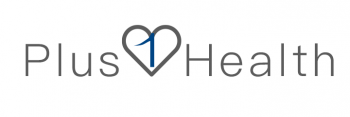Remote patient monitoring (RPM) is the use of digital technologies and services to monitor, analyze, and capture the health data of patients and send this information to healthcare professionals for further evaluation. RPM devices can greatly improve the management of various chronic conditions. The primary goal of RPM devices is to accurately collect a wide range of health data for a patient, such as heart rate, vital signs. The patient’s health information is then transmitted to healthcare specialists for monitoring and evaluation, with patients staying at home rather than visiting healthcare facilities.
RPM can bring the following convenience to patients:
1.Increased patient engagement- RPM devices allow patients to play a crucial role in managing and understanding their own health conditions.
2.Improved quality of care- RPM gives patients and healthcare providers access to more relevant patient data, thus improving overall quality and value-based care.
3.Better access to healthcare- Since RPM allows patients to complete basic health testing on their own, healthcare professionals are allowed to treat more patients.
4.Higher levels of education and support- RPM gives patients information and feedback about their personal conditions daily, educating them and providing support.
5.Patient assurance- Constant monitoring can give patients a peace of mind that any potential issues will be identified in a timely manner.
Here is a free ECG monitor app— AFibCheck, it is simple and convenient to operate,which can be downloaded and used after searching in the mobile app store.
